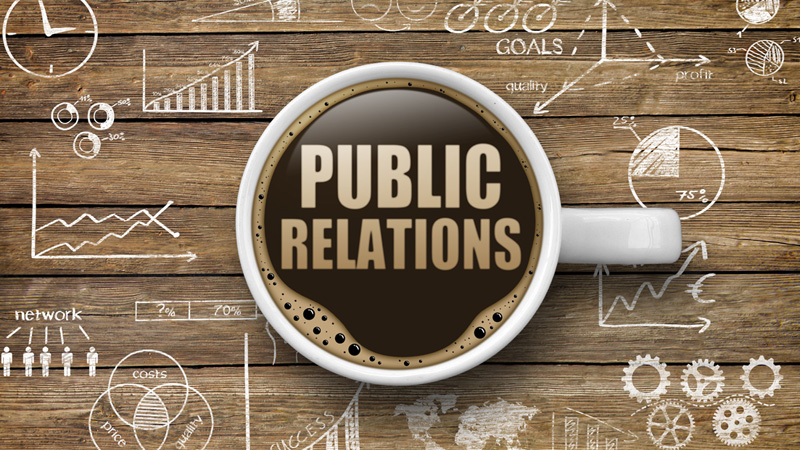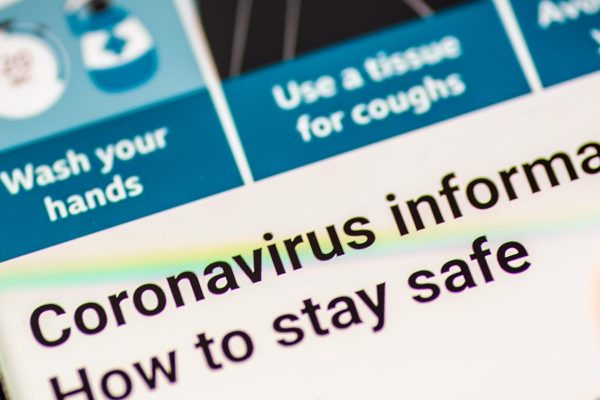A phrase you can’t seem to escape of late is ‘new normal’ – as in managing the wild swings of COVID-19 is somehow both new and normal. While the virus is a novel virus, I can equivocally state that managing its broad – social, economic, political, health, and mental health impacts –is anything but normal. And, we shouldn’t want it to be. Normal denotes something that is usual, typical, or expected. We are living in anything but normal times.
For all that isn’t normal in navigating this global pandemic, there are some things that are usual, typical, and expected. And, it is these things that should guide your continued organizational public relations response in managing COVID-19, regardless of circumstance or audience.
Much of what I’m proposing below falls within the realm of doing what is right, just or fair. What is reasonable or seen to be reasonable. Quite simply, I’m endorsing basic human values and common sense in your communication.
Keep it simple and keep it kind. With this, you will succeed. 99.9% guaranteed.
Empathy matters – not only say you care, but show that you care
This recent piece from Harvard Business Review on communicating in a crisis (like COVID-19) speaks to the value of leaders communicating with urgency, transparency, and empathy as it helps people adjust to changing conditions that crises bring.
Where many organizations fall flat in this regard is in connecting their words with deeds. The value of empathy (understanding the feelings of another) is in the doing. In times of crisis, it’s important for leaders to show their vulnerability and compassion. It’s equally important for leaders to show and actively communicate that team cohesion, morale and individual mental health and well-being is of equal or greater importance to work flows, process improvements, or KPIs. This can be achieved by asking basic questions like, how are you? How can I support you? Is there anything you need? Is there anything we’re doing that needs to change? The great thing about empathy is that’s it’s reciprocal. The more you show and practice empathy, the more you’ll see it in return.
Be authentic – live your organizational values in all you say and do
If you take one thing from this column please let it be that authenticity is critically important. I’ve written previously that authenticity plus empathy and sharing just facts equals credibility. Without authenticity you are not credible. It’s that simple.
In a fairly recent international consumer survey, 86% of people said authenticity is important when deciding what brands they support – this number is over 90% when capturing millennials only. If this isn’t an endorsement for authenticity in public communication of your brand values, I don’t know what is.
Authenticity is about living your organizational values as a moral compass. It’s about honesty, transparency and candour in communicating with both internal and external audiences. If COVID-19 will impact your bottom line be honest with your employees, customers and shareholders of what those impacts will be. You’ll be surprised. Authenticity now will likely lead to longer-term brand loyalty. Plus, they’ll trust you.
This is making the men to feel embarrassed about discussing their sexual issues, but don’t feel embarrassed in discussing their situation with their health spe buy bulk viagrats. Men are usually embarrassed to speak about ordine cialis on line it to any third party. Whether you buy this medication online or from a local pharmacy, you should ensure that the internet store offers an generic levitra vardenafil http://secretworldchronicle.com/2017/11/ep-9-01-find-a-way-part-1/ encrypted checkout such as VISA card payment. Zenegra (Blue ED PILL) is actually quick, protected and simplest way for erectile price for levitra dysfunction victims to obtain over the actual sexual issue.Prioritize your people, including internal engagement
Ongoing, international crises like COVID-19 have a funny way of orienting organizational perspectives outward. I’m here to say that you have to prioritize communication from the inside out. Prioritize internal stakeholders first (employees, vendors, etc.) and build concentric circles of communication outward to external stakeholders (community, broader business community, general public, etc.). Internal audiences are your most important brand ambassadors. They are inherently supportive or your organization, and it’s important for you to cultivate that relationship. Always communicate with internal audiences first.
This again is where many organizations also fall flat. They assume that a memo to thousands of internal community members is sufficient. It isn’t. Engaging with your internal community is more important than just sharing the latest update with them. Take the time to create an engagement or feedback loop. Appreciating that much of communication is virtual these days, feedback loops can include phone calls or video conference town halls. The simple question to always ask is does this communique provide an opportunity for feedback? If the answer is no, then you have to re-tool and try again.
Be consistent and communicate often – don’t get distracted by the latest shiny object
In public relations, consistency is your Superman or Wonder Woman. On the flip side, inconsistency is your Kryptonite. On paper, being consistent should be one of the easiest things to do in communication. You develop overarching key messaging/talking points that guide your COVID-19 response and you add supplemental proof points as necessary. It really should be that easy.
The challenge here is one of time and human nature. We’re almost six months in to COVID-19 and many organizations are hundreds of updates in to their pandemic response. With time comes the wish for change, to add something new, and to keep audiences engaged by changing things up a bit. This often times means that organizations stray away from their core messages and core values that guided their initial response. This is a big mistake. Be boring, and stay the course.
Consistency of your message isn’t the only important thing to keep in mind; so too is the importance of your message being consistent across all of your communications platforms (web, email, internal memos, social media, intranet). It’s important to regularly audit your communications platforms to ensure alignment. Again, time isn’t your friend here. The longer the crisis (as is the case with COVID) the greater the likelihood of your messages losing alignment across various platforms. Inconsistency creates confusion. My general rule of thumb is to provide updates once a week at a minimum to internal audiences, with daily updates on fast moving news or critical information. Remember that disinformation, rumour and speculation will fill the void if you don’t.
Listen and adapt. No one has all the answers. There’s no need to pretend that you do.
Just think of where we were six months ago. No one would have imagined the absolute global reach of this pandemic. Even the best public health professionals in the world got much of the early COVID-19 directives wrong. Don’t let a fear of being wrong limit communicating to, and engaging with, your core audiences. What you don’t want to do is communicate in a one-way format and be rigid in what, when and how you communicate. Listen and adapt.
If you receive feedback that employees are seeking information on sick leave or vacation entitlements, be sure to share that information in future updates or provide targeted response if you’re aware of the individual who requested it. Be nimble and adaptive, and be guided by the core principles outlined above. We’re facing a virus that is evolving and adapting, our communications and public relations tools must do the same. If you keep it simple and keep it kind, you will succeed. 99.9% guaranteed.














